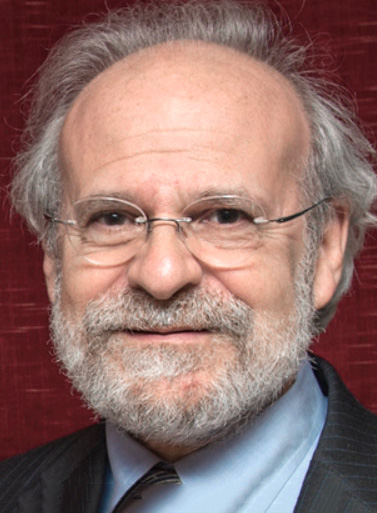


|
||
|
||
Why do we work so hard to promulgate the idea that being held incommunicado is the norm and we have to pay to communicate? The ability to communicate and connect is a right, not a privilege.
It is time to recognize the Internet as a public good—freely available like other basic infrastructures such as roads and sidewalks.
In 1989 Tim Berners-Lee created the World Wide Web by taking advantage of open connectivity available among universities and research institutions. Today we see that same open connectivity within corporations, in our homes, and on university campuses.
Imagine if everyone had the ability to take advantage of open connectivity and explore their ideas as Tim did. Without the need to pay back deep-pocket investors, he was able to share his insights with the world and set in motion a virtuous cycle that gave us today’s web.
One byproduct of the web was to create a demand for more capacity at a lower cost. That has created a vast abundance of capacity in our new commons. Today we take it for granted that everyone can video conference for free (though you may pay for premium capabilities), and our phone calls are simply apps on our devices rather than being network services.
People don’t worry about whether they can afford to use the sidewalk. In the same way, with connectivity as a public good, we don’t have to ask about the affordability of connectivity. We shouldn’t have a digital divide caused by affordability.
Historically, telecommunications systems were created to sell phone calls and, more recently, cable TV as services. The value was in those services, and the physical infrastructure was treated as a cost center.
This all changed with the Internet. Phone calls are now applications on our devices, and streaming goes over the Internet. You don’t pay a premium for voice or video paths, meaning the value created does not go to funding the networking facilities.
The dissonance between the old model and the new comes to the fore when we find we need to provide grants to extend broadband because it is not a profitable business beyond the dense cities where the high fees for broadband hide the problem.
A public good approach is market-based because it aligns the value flow with the new reality. The value is in the facilities as a whole; thus, we fund it out of the shared value. Fortunately, the costs are far less than infrastructure like roads. The city also saves large amounts of money by having a common infrastructure for all purposes freely available. It can be used for health care, public safety, education, etc. We already have a large capacity—we just need to learn how to take advantage of it.
This process is a classic example of a virtuous cycle. It starts modestly. The initial protocols for sharing documents were simple, but they gave us today’s web over time. We can proceed cautiously as we learn to address privacy and other concerns.
Locally owned public infrastructure can coexist with the existing network providers. Campuses and homes own their facilities and buy a “pipe” from an existing provider. A community can own its facilities in the same way and then buy further connectivity from an existing provider in bulk is far less expensive than each home paying a retail price. It also allows the capacity to be available wirelessly. That translates to potentially thousands of dollars in the pockets of each family.
When a community gets broadband funding, the community should own it. It can then hire a company to operate the facilities on behalf of the community. When a community gets a grant for broadband, it should get the benefits of ownership rather than paying a subscription fee forever.
A major advantage of a public packet infrastructure is that it represents a marketplace in balance with value in the whole being funded as a whole. That removes the need for much of the burdensome legacy regulation of the FCC and will enable rapid innovation in technology and approaches.
While reducing the cost of connectivity is important, the real value lies in using open connectivity as a municipal resource and enabling innovation and discovery. There isn’t a separate “Internet of Things”—we already have the connectivity. The key is understanding how to take advantage of connectivity. The virtuous cycle can start with modest applications such as connected pill bottles for healthcare and making it easy to deploy environmental monitors.
But, as with the web, the real value comes from building on the initial efforts and sharing a common infrastructure for all municipal services. It also enables hybrid work and education in the same way roads enable us to commute to work and school.
As a public good, we’re going to discover new possibilities. Initially, they won’t seem very exciting, but just as the web started to become exciting a thousand days after the initial effort and, today, after 10,000 days, it has changed the world, enabling us to assume connectivity for physical devices (things) and new services will take us far beyond the screen to the physical world.
Sponsored byCSC

Sponsored byVerisign

Sponsored byWhoisXML API

Sponsored byDNIB.com

Sponsored byIPv4.Global

Sponsored byVerisign

Sponsored byRadix
